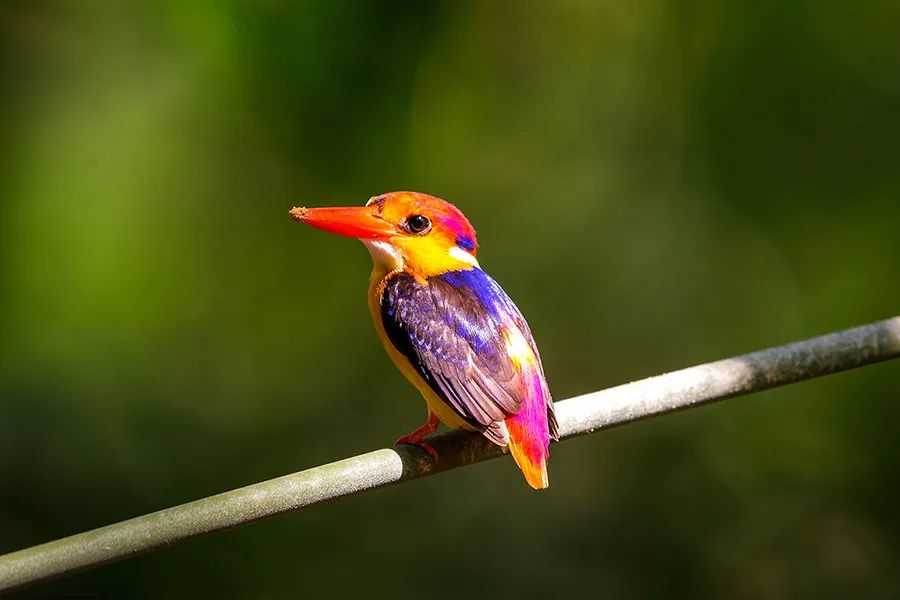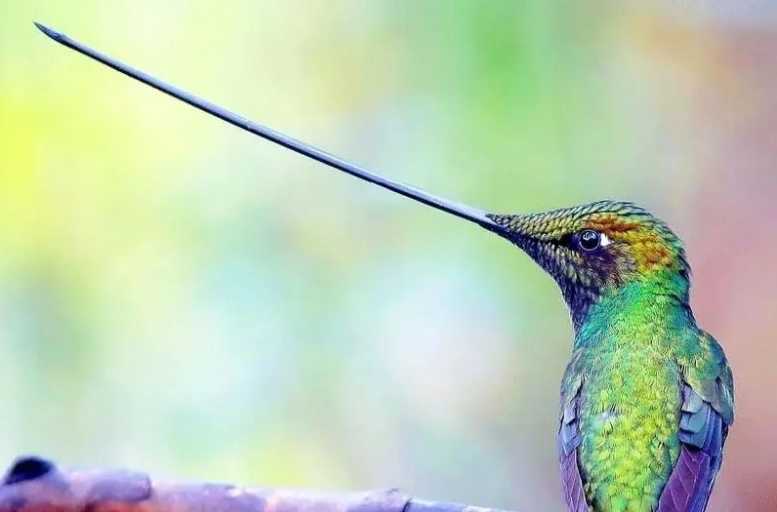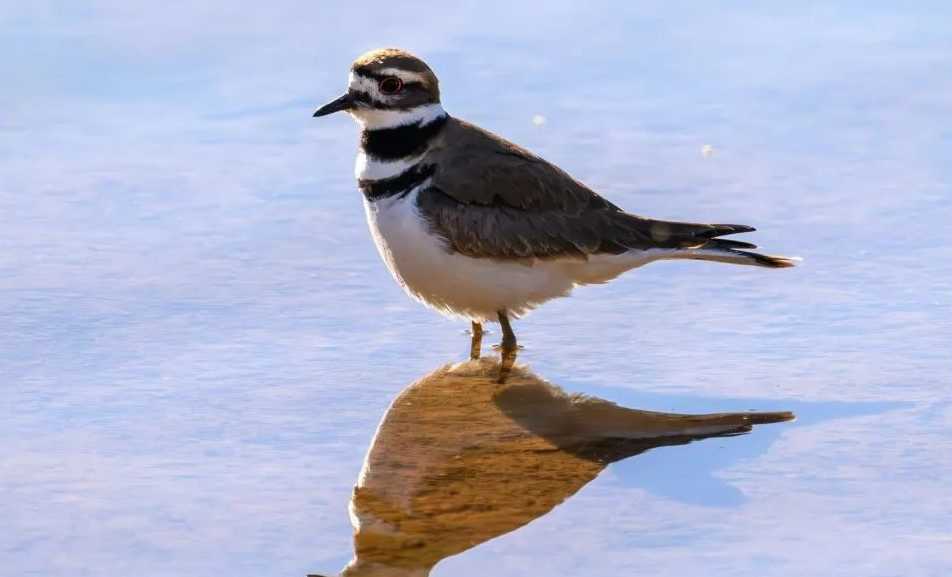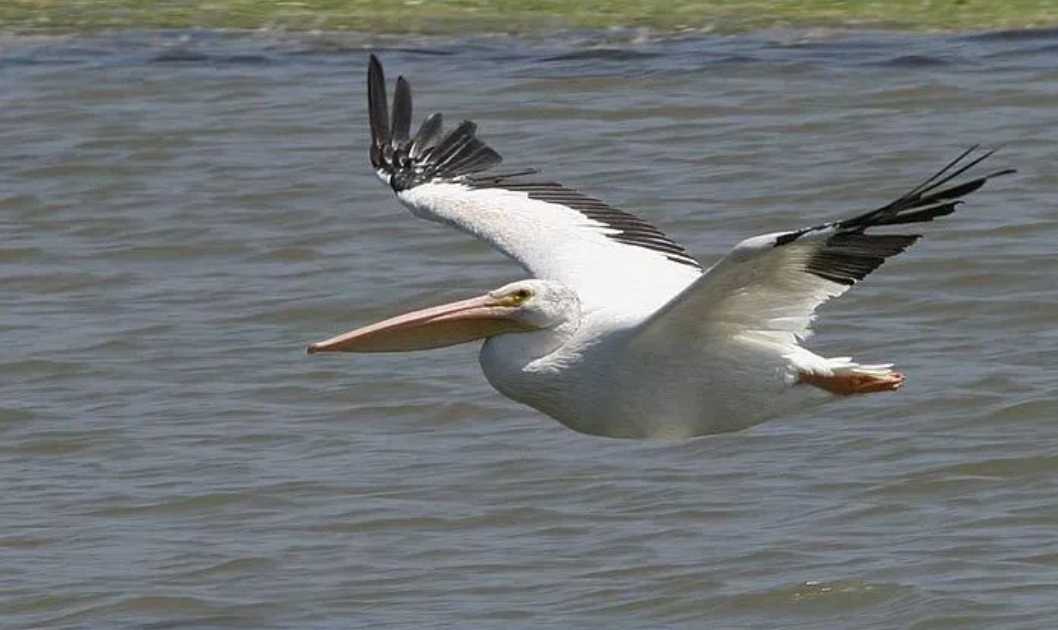The American white pelican (Pelecanus erythrorhynchos) is a striking large waterbird native to North America, celebrated for its impressive size and elegant appearance. With its snowy white plumage and commanding presence, this species dominates the freshwater and coastal ecosystems it inhabits, serving as a symbol of aquatic biodiversity across the continent.
Reaching up to 1.5 meters in length and sporting a wingspan of nearly 3 meters, the American white pelican is a marvel of avian architecture. Its body is entirely cloaked in brilliant white feathers, while the primary flight feathers on its wings display a contrasting black hue visible during flight. During the breeding season, adults develop a temporary horn-like structure on the upper bill, adding to their distinctive look. The bird’s most iconic feature is its enormous, pouch-lined bill, which can extend to hold up to 13 liters of water, enabling it to scoop up schools of fish with remarkable efficiency.
Inhabiting shallow lakes, rivers, and estuaries, American white pelicans are highly social birds that form large colonies. They employ a unique cooperative feeding strategy, working together to herd fish into shallow waters where they can dip their bills to capture prey. Their diet consists primarily of fish, including carp, shad, and minnows, which they consume whole after draining water from their pouches. Outside of the breeding season, they undertake seasonal migrations, traveling to warmer coastal regions such as the Gulf of Mexico or the California coast in search of abundant food sources.
While the American white pelican faced severe declines in the 20th century due to pesticide use and habitat loss, conservation initiatives have led to a significant recovery. Protected under the Migratory Bird Treaty Act, the species now thrives in restored wetland habitats, though ongoing threats include water pollution, wetland drainage, and human disturbance near nesting sites. As an indicator of aquatic ecosystem health, the pelican’s presence underscores the importance of preserving North America’s freshwater and coastal environments. By safeguarding these habitats and promoting sustainable water management, we ensure the continued legacy of this majestic species and the vital roles it plays in maintaining ecological balance.





